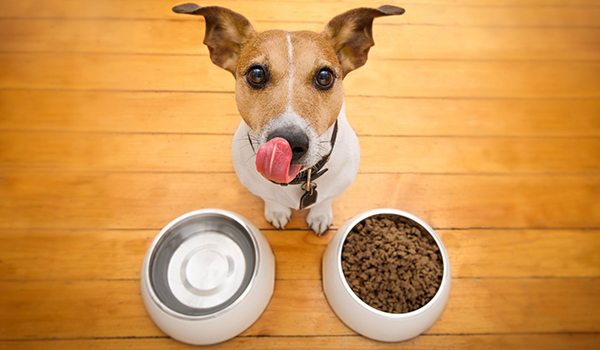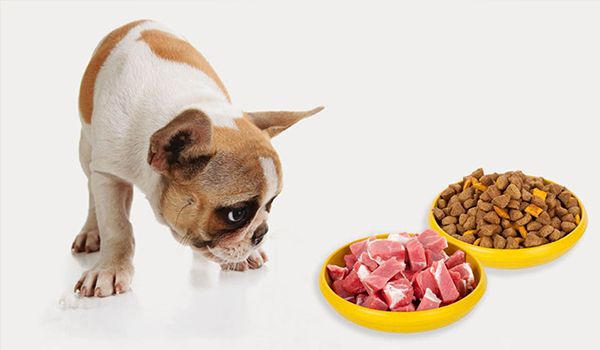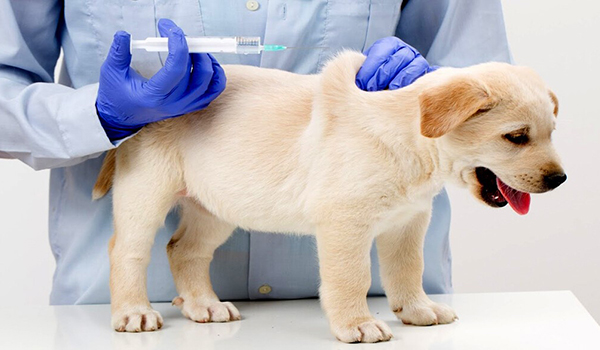Few things are more worrying for a pet owner than the sound of your dog getting sick. While an occasional upset stomach can be normal, it’s important to understand the difference between a minor issue and a potential emergency. Vomiting is a symptom, not a disease itself, and its cause can range from simple dietary indiscretion to a life-threatening condition.
This guide will help you understand why dogs vomit, what to look for, and when it’s time to call the veterinarian.

First, Know the Difference: Vomiting vs. Regurgitation
This is a crucial distinction that can help you describe the problem accurately to your vet.
- Vomiting is an active process. It involves forceful contractions of the abdomen, heaving, and nausea (often seen as drooling, licking lips, or swallowing). The material brought up is typically partially digested from the stomach and may be yellow (bile) or brown.
- Regurgitation is a passive, often sudden, expulsion of undigested food or fluid from the esophagus (the tube connecting the mouth to the stomach). It happens without warning or heaving and the material is often tube-shaped. Regurgitation can signal problems like esophageal issues or obstructions.
Common Causes of Vomiting in Dogs
- Dietary Indiscretion: This is the most common cause. Also known as “garbage gut,” it happens when a dog eats something they shouldn’t, such as:
- Scavenging spoiled food from the trash.
- Sudden changes in diet.
- Eating too fast or too much.
- Eating grass (while often harmless, it can irritate the stomach).
- Bilious Vomiting Syndrome: You may see your dog vomiting a yellow, foamy fluid (bile) early in the morning on an empty stomach. This is often resolved by feeding a small meal right before bedtime.
- Allergies or Food Intolerances: An adverse reaction to a specific ingredient in their food can cause chronic vomiting.
- Ingesting a Foreign Object: Bones, toys, rocks, socks, and other items can cause a partial or complete blockage in the stomach or intestines. This is a serious medical emergency.
- Parasites: A heavy infestation of worms like roundworms can irritate the stomach.
- Toxins or Poisons: Ingestion of toxic plants, human medications, chocolate, xylitol, or household chemicals will cause vomiting.
- Underlying Illnesses: Vomiting can be a symptom of more serious conditions, including:
- Kidney or liver disease
- Pancreatitis (inflammation of the pancreas)
- Infections (parvovirus, distemper)
- Certain cancers
- Addison’s disease
When to Be Concerned: Red Flags for Vomiting
Not every episode requires a panic-driven trip to the emergency vet, but you should contact your veterinarian immediately if you notice any of the following:
- Vomiting Accompanied by Other Symptoms:
- Lethargy or severe weakness
- Diarrhea (especially if bloody)
- Abdominal pain (whining, hunched back, reluctance to be touched)
- Bloating or a distended abdomen (a sign of the life-threatening condition GDV, or bloat)
- Loss of appetite
- Fever
- Characteristics of the Vomit:
- Blood (which can look like red streaks or coffee grounds)
- Suspected foreign material (like pieces of a toy)
- Repeated, projectile vomiting
- The Patient:
- A puppy, senior dog, or a dog with a known pre-existing condition (like diabetes or kidney disease). They are more vulnerable to dehydration and complications.
- Timing and Persistence:
- Vomiting continues for more than 12 hours.
- Your dog cannot keep water down.
- You suspect they ingested a toxin or foreign object.
What to Do at Home for Mild Cases
If your dog has vomited only once or twice, is acting normally, and shows no red flags, you can try these steps after consulting with your vet:
- Withhold Food: Temporarily rest the stomach. Skip the next meal or two (no more than 12-24 hours for an adult dog; consult your vet for puppies).
- Provide Small Amounts of Water: Offer ice cubes or small amounts of water frequently to prevent dehydration. Don’t let them gulp a large bowl, as this can trigger more vomiting.
- Introduce a Bland Diet: After the fasting period, offer a small amount of a bland diet. The classic recipe is plain, boiled white meat chicken (no skin or bones) or lean ground beef mixed with plain white rice or plain pumpkin (not pie filling). Feed small meals 3-4 times a day.
- Gradually Return to Normal Food: After 24-48 hours of no vomiting, you can slowly mix their regular food back in with the bland diet over the next day or two.
What to Tell Your Veterinarian
When you call the vet, be prepared to provide helpful information:
- When the vomiting started and how often it’s happening.
- A description of the vomit (color, consistency, contents).
- Whether your dog is still eating and drinking.
- Any other symptoms you’ve noticed.
- If you suspect what they might have eaten.
The Bottom Line
Trust your instincts. You know your dog best. While an isolated incident may be nothing to worry about, persistent vomiting or vomiting accompanied by other signs of illness warrants a prompt call to your veterinarian. It’s always better to err on the side of caution to ensure your furry friend stays happy and healthy.




